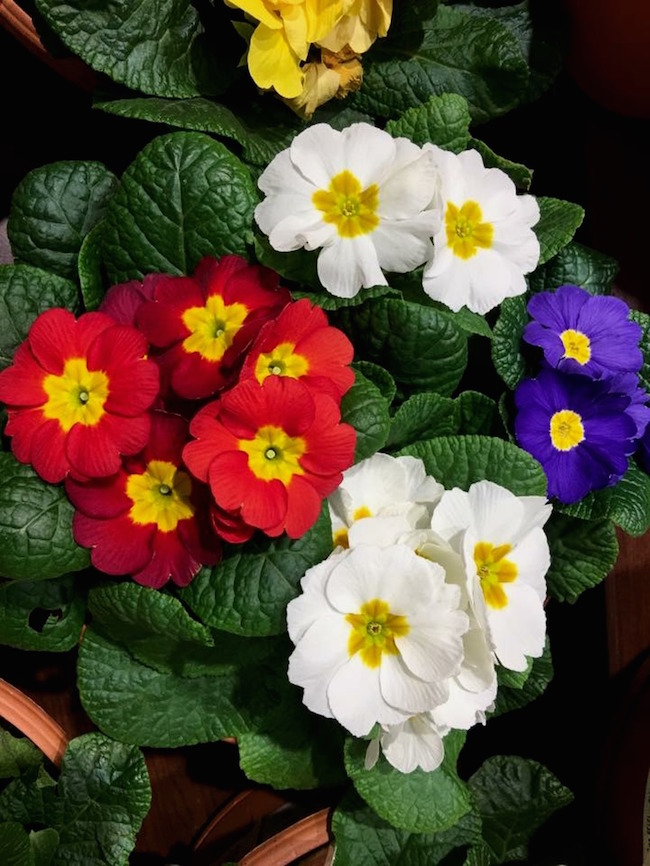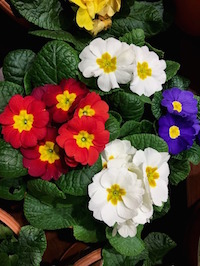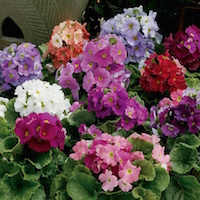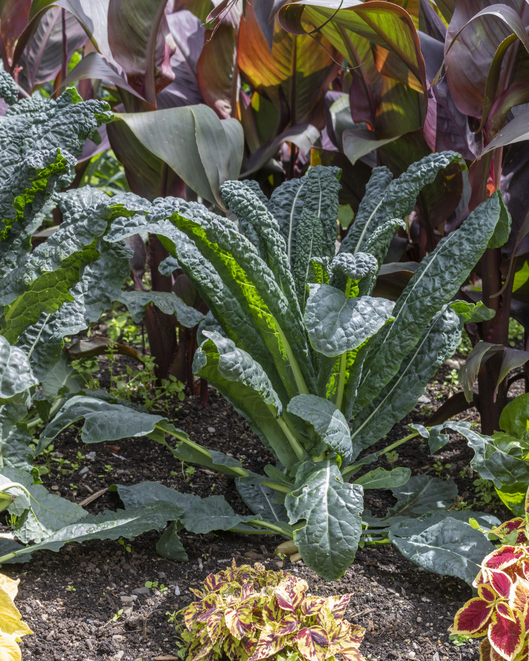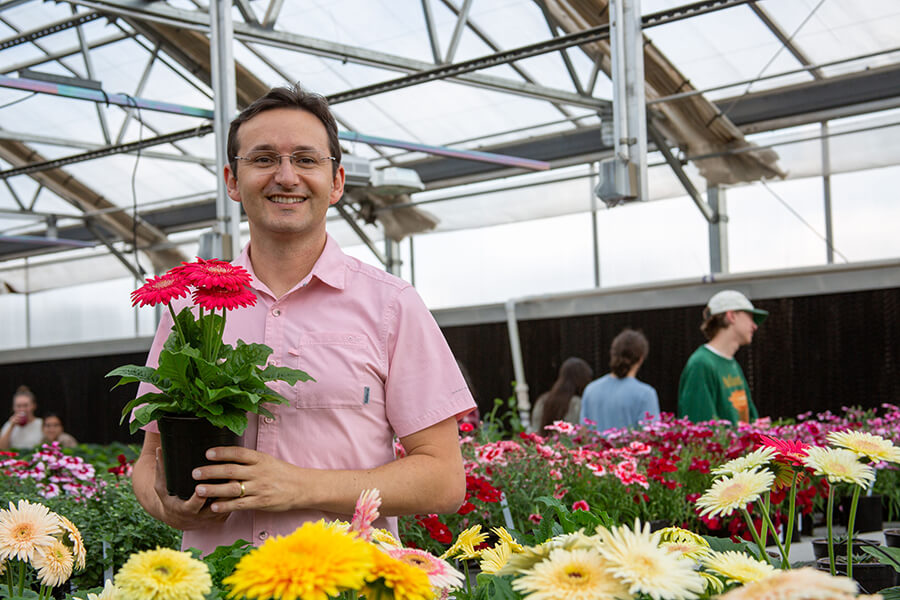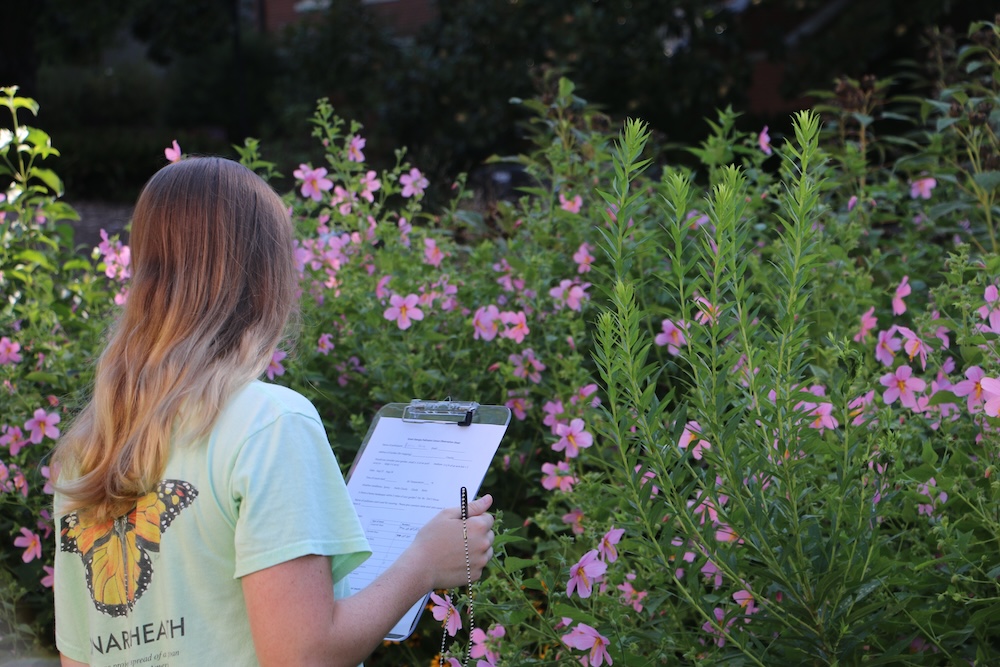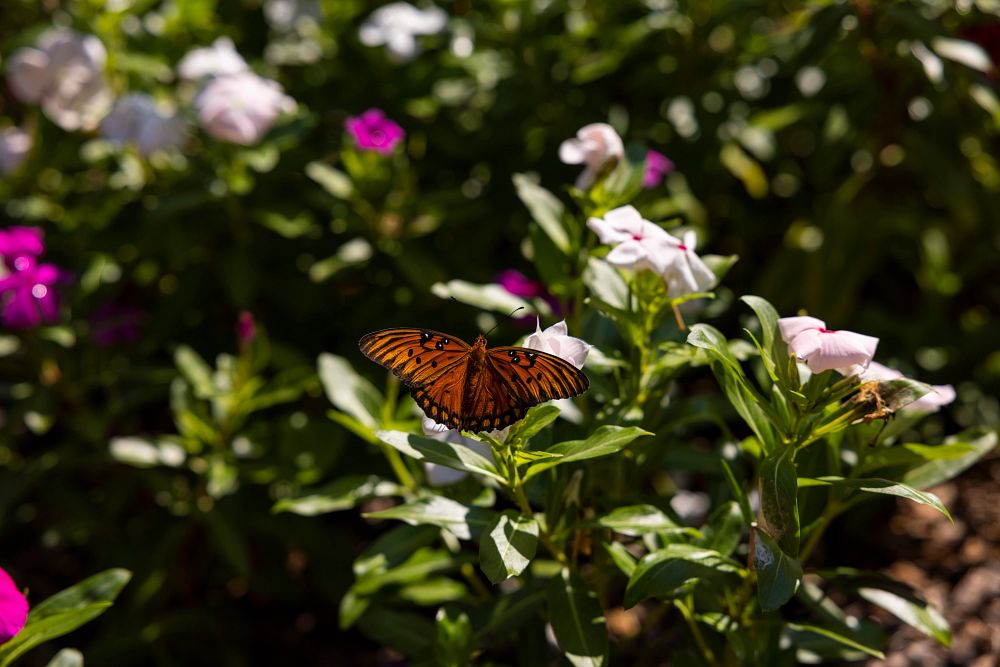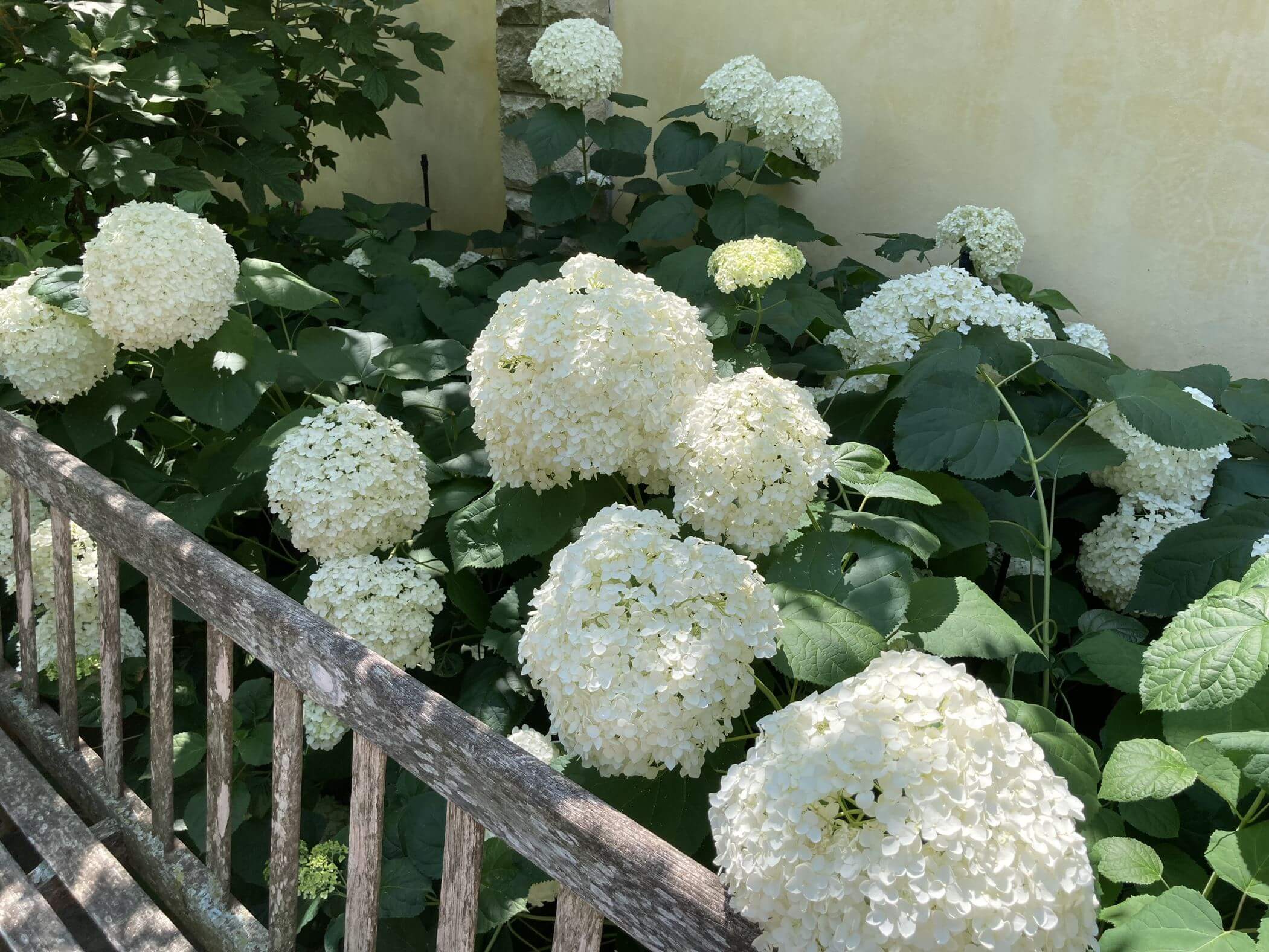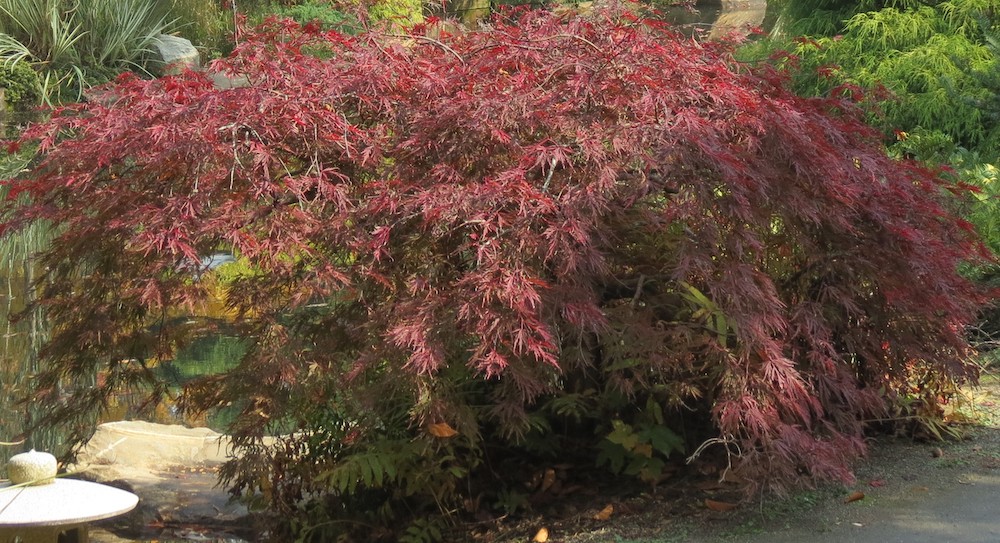Forget about fake news, it’s seemingly fake flowers that have my attention. Actually, these flowers are not fake, but they are so incredibly colorful and beautiful that they cause passersby to gawk in amazement. I’m talking about primulas.
It only took about 72 hours of temperatures in the 20s, and I was begging for mercy from the cold. Just like magic, there they were, in a grocery store of all places, shouting to me, offering the respite I needed during the arctic blast.
I do not understand why every florist, flower shop and garden center doesn’t have a truck full of a half-dozen or more varieties for us to buy. There is no better cure for the winter doldrums than having primulas in your sunroom, patio or deck, if your region allows.
“Primula” comes from the Latin word meaning “first of spring” which, to be honest, really paints this plant’s picture. There are about 400 species of primulas, and most are alpine perennials with short rhizomes. I have always lived in the hot South and treasured them in containers. You may be able to enjoy yours in a morning-sun, afternoon-shade area of your landscape.
These are not lantanas that will bloom until fall, but they will give you 12 to 14 weeks of unimaginable color that no other plant can match, and at an otherwise bleak time of the year. Please, if you see primulas at a garden center or flower shop looking like they are waiting for adoption, give them a try. I promise you will never go without them again, unless, of course, you can’t find them.
I love their brightly colored flowers clustered together. Some of the mixes are so pretty, an artist’s palette would be jealous. They also excel in mixed containers when grown with pansies, daffodils, mustard or kale. Choose a good, light, well-drained mix for your container, and then plant at the same depth as they grew in the original pot. Look for plants with healthy foliage that fill up their container.
I am partial to the Primula acaulis varieties, like the ‘Orion Mix,’ and the staggering beauty of the bicolored selections in the ‘Danova’ series. These are fairly short plants with short flower stalks, but they have colors that are so bold, you will feel like a kid opening up a new box of crayons.
The next tallest group of primulas comes from another species or group, the Primula obconica hybrids. These plants can reach 12 to 18 inches in height, producing taller flower stalks. The colors are very pretty, though not as bold, but looking like fine depression glass. The ‘Libre Mix’ and ‘Juno Mix’ series are the most popular in this group. The Primula malacoides has taller stalks, but airy clusters of slightly smaller flowers and looks like Grandma’s cottage garden.
When you get your plants, keep them moist and fed with a dilute, water-soluble 20-20-20 fertilizer with micronutrients. Avoid overhead watering to lessen fungal diseases. I use a small watering can with a tiny spout that allows me to pinpoint where the water goes. Be sure to keep old flowers removed for a tidy appearance and increased flower productivity. Pots of flowers with riveting color until spring are well worth it to me.
Follow me on Twitter: @CGBGgardenguru.

